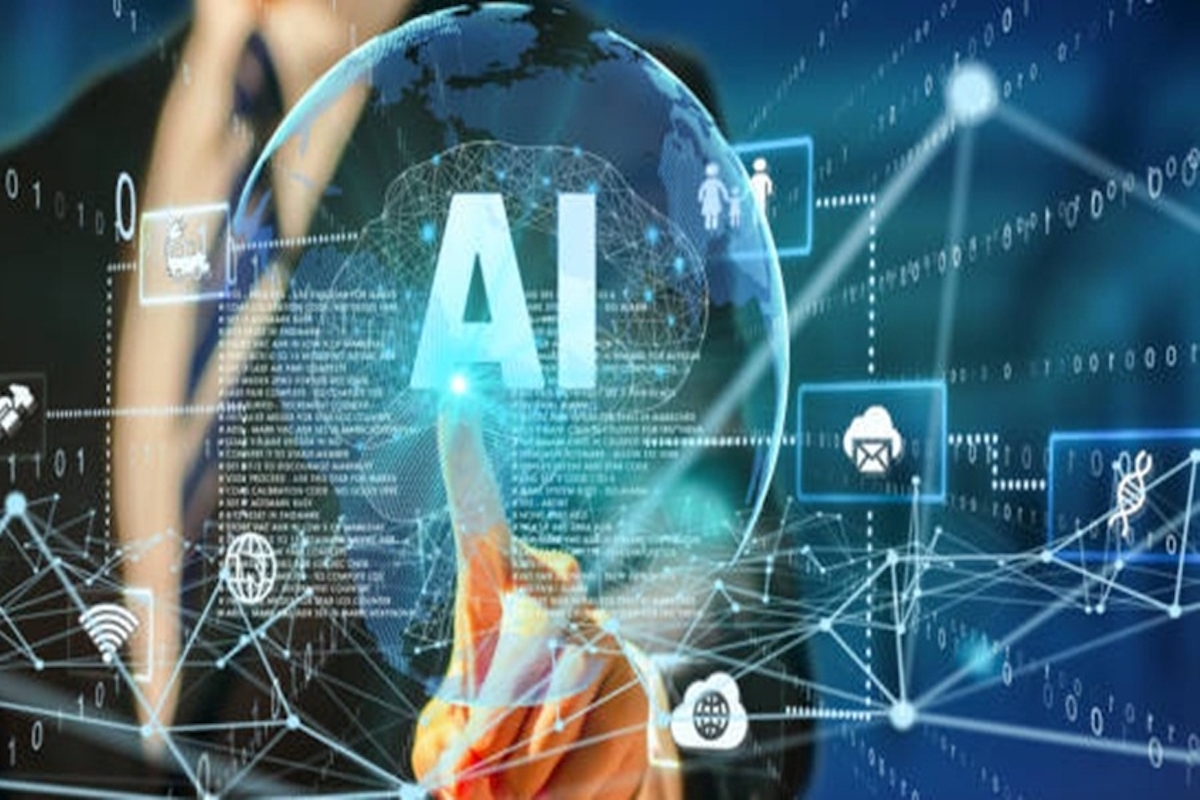The impact of Artificial Intelligence (AI) in the skills-jobs ecosystem, especially after the advent of ChatGPT, has been powerful. A consensus is emerging among policymakers, educationists, and other stakeholders that employers are moving away from standard indicators of potential employee success such as higher education degrees and experience in favour of according a premium to tangible skills. Concurrently, the rise in AI bots that can write like Shakespeare and win art competitions, as it were, has led to concerns that technology will make many current jobs obsolete. In sum, say the experts, these changes represent a seismic shift in the future of the workplace.
Examining how human beings can approach this impending disruption at scale, educa- tion experts Natalie Evans, Jamie Jirou, and Kathy Hirsh-Pasekt of the Brookings Institute suggest in a new paper that rather than job specific knowledge and skills, students will need to do what AI bots can’t do ~ be curious and creative. Pedagogically speaking, this perhaps needs to be the top priority to prepare students for a fast unfolding new reality. But there are no signs that work has begun on policy design, forget implementation, anywhere in the world. For example, underline the authors, even three decades ago surveys in the USA had revealed that kindergarten teachers knew that curiosity and creativity were even more predictive of later academic success than was teaching the alphabet or teaching how to count; and a more recent study provided evidence for this intuition.
Advertisement
Yet, children across America report that curiosity is inconsistent with what they are expected to do in school, and observations of preschool and elementary classrooms support this report. In developing countries where educational infrastructure and funds are severely limited, the problem is likely to be even more acute. Thus, a creativity and curiosity gap has emerged in schools which will prove highly consequential for the skills required for the workplace of the future. As the authors put it, curiosity occurs when a student experiences a gap in knowledge that motivates them to seek information to resolve their uncertainty; creativity occurs when students generate novel and useful ideas or products. In both adults and children, evidence suggests that curiosity and creativity are related. Students who are more curious will also be more creative. Research also suggests specific actions that can be implemented in school classrooms to promote curiosity and creativity in students. There are, of course, teachers who encourage students’ curiosity and provide the time and space needed to learn creatively.
Such agents, however, are not only few and far in between but also almost exclusively found in the pri- vate sector which has the resources to shape learning for tomorrow’s challenges. Going forward, this state of affairs will lead to issues of equity: Between richer and poorer nations, between private and state education, and other societal cleavages. Our children deserve better.











